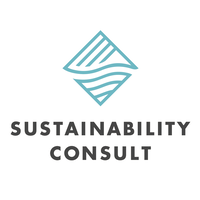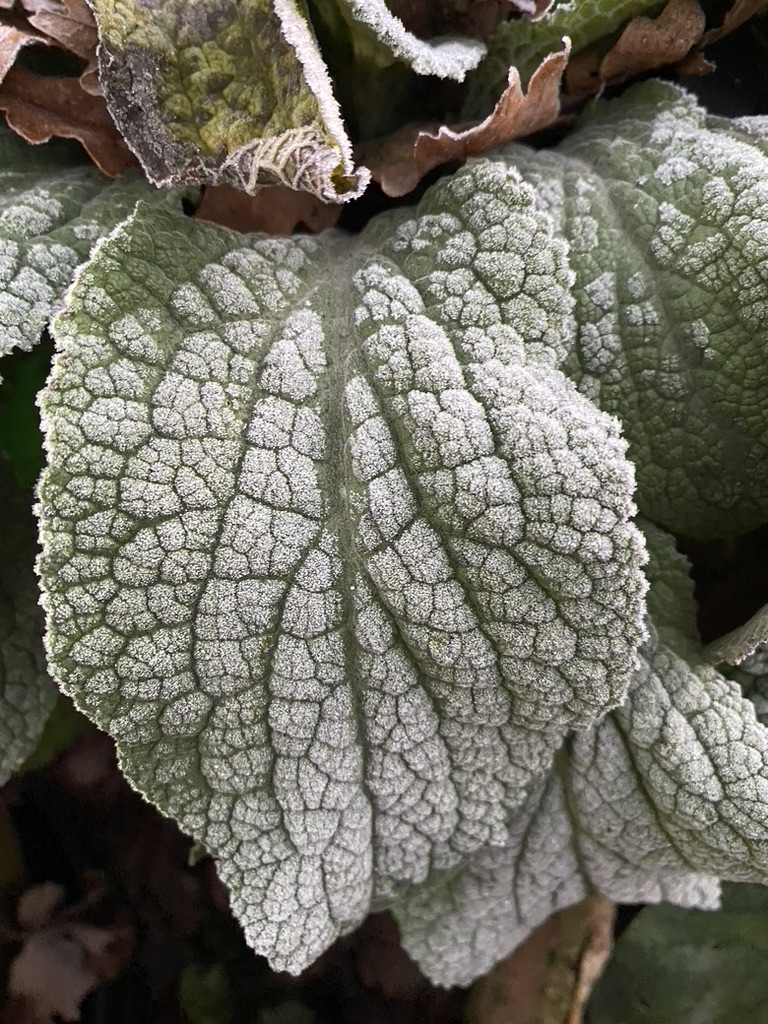On growth and degrowth
- Details
- Wednesday, 22 December 2021
 22 December 2021 — Degrowth still seems to be an unwelcome topic for many people. And yet, if we want to continue to live on this planet, we can't keep growing like we have been. It's like eating and eating until you pop. It's not sensible.
22 December 2021 — Degrowth still seems to be an unwelcome topic for many people. And yet, if we want to continue to live on this planet, we can't keep growing like we have been. It's like eating and eating until you pop. It's not sensible.
I'm not affiliated with the degrowth movement and I'm not particularly attached to the word but I am convinced that we need to slow down and consume less. To connect to what is meaningful for us and find ways to make time for it.
When I started to scale back the business in 2019, people said, 'But how will you grow?'. At the time, the idea of not having to juggle running a small business and doing HR and admin felt like a huge relief.
They couldn't see that I had gone as far as I wanted to with the scaling part and I didn't need to keep growing. For some, I was a traitor to even consider that less could be more. Yet growth just for the sake of it is meaningless.
I was happy to reduce the size of the operation so I could focus on working with clients where my journalistic lens on credibility brings real value and helps get their work out into the world.
Everything has its time - scaling up, scaling down, building, refocussing. In aiming to have a more simple life and focussing on where I can make a difference, I have effectively been on my own degrowth journey.
I am very conscious that I am talking about 'less is more' from a place of privilege where my basic needs are met and much more. And that is sadly not the case for everyone.

Good growth
One area where growth is more important than ever is in nature. Letting grasses and plants grow in gardens and planting trees helps fix carbon in the soil, provides habitats for bugs and animals and helps protect against flooding. Root systems literally knit the earth together and hold things in place, as well as distributing nutrients to other living creatures underground.
This weekend, I had the opportunity to plant some of the trees we sponsored with our 2020 donation to Natuurpunt. It is a wonderful project in Aarschot, Flanders where two areas of woodland are separated by a really big field.
Natuurpunt bought the field and is replanting it. This reforestation project will mean that over time, the woodlands will join together to make one much larger wood.
It was all planned out with 16 different types of trees. In our segment, we planted hornbeam (Carpinus betulus). I had to look it up because in Dutch, it's called 'haagbeuk' which literally means 'hedge beech'.
I was pleased to learn that hornbeam can live to 300 years and is a tough old boot of a tree. That depth of resilience gives me hope. Being in sustainability after all these years makes me feel like a tough old boot at times so I think hornbeam was a good fit.
As the end of the year approaches, I wish you peace of mind and a safe, steady transition into 2022.




